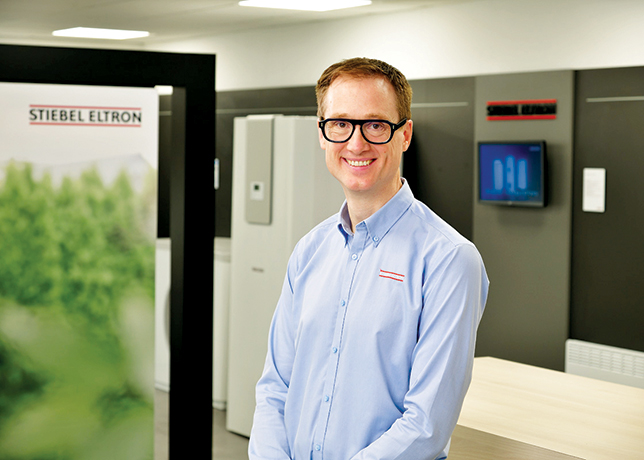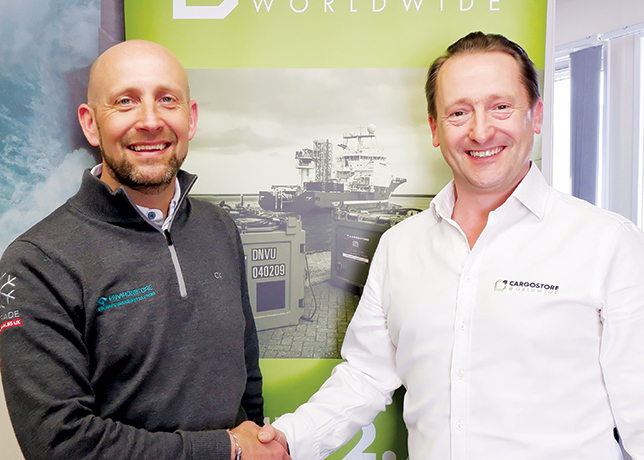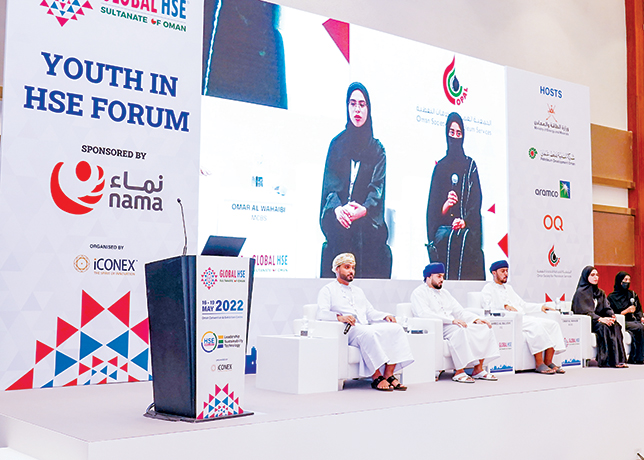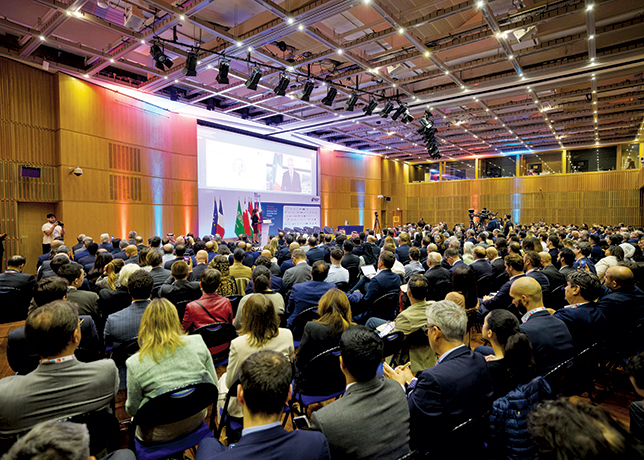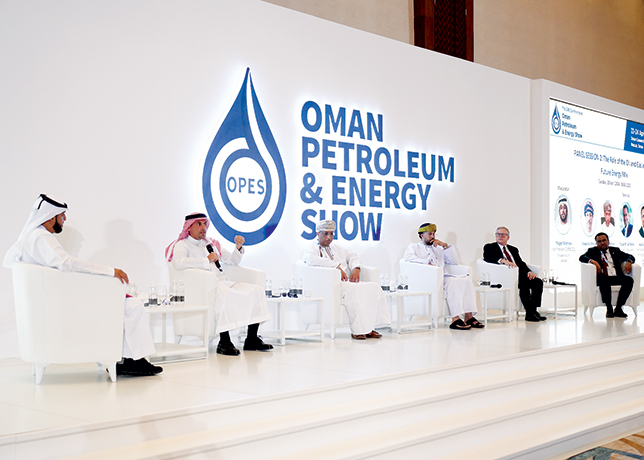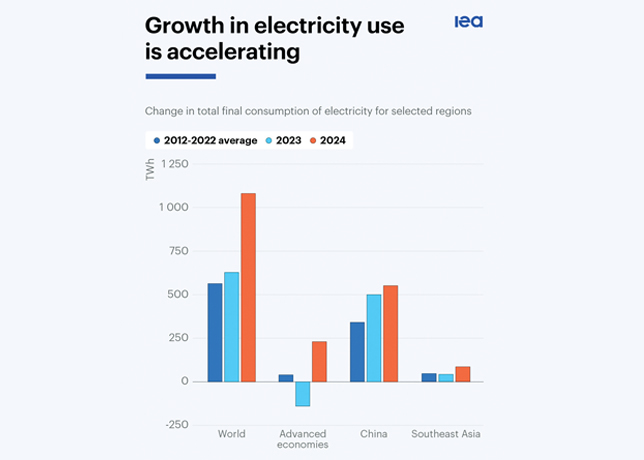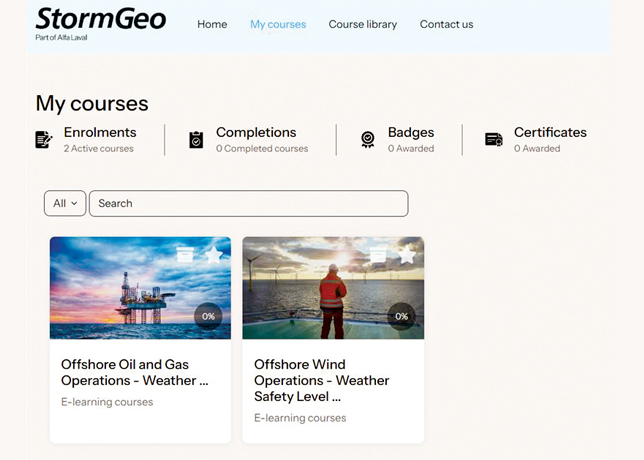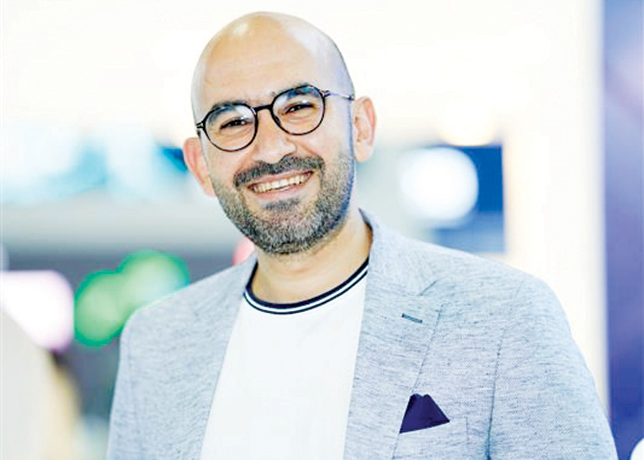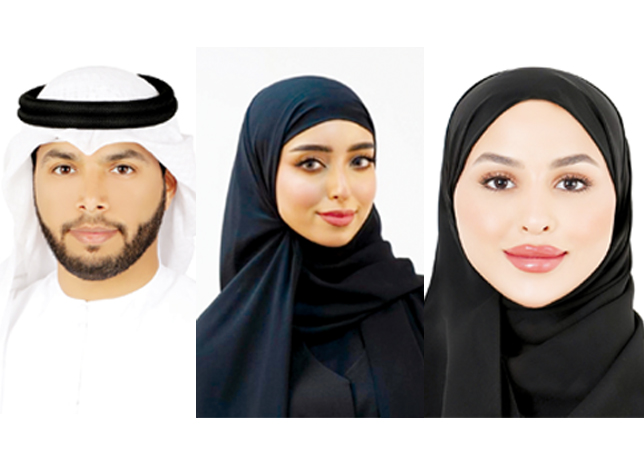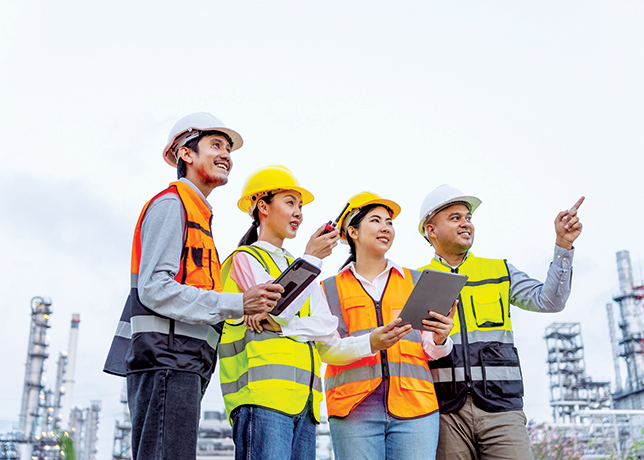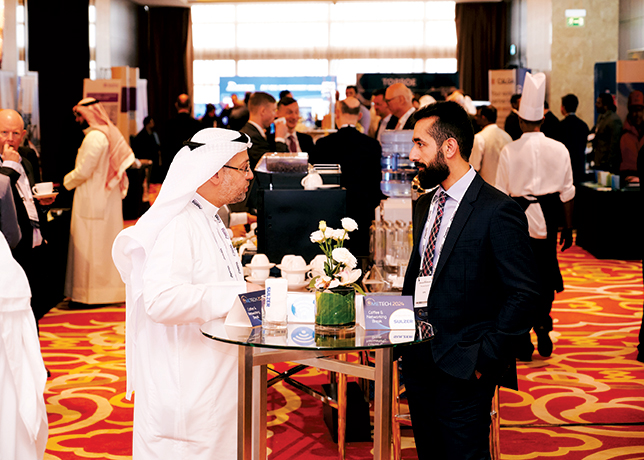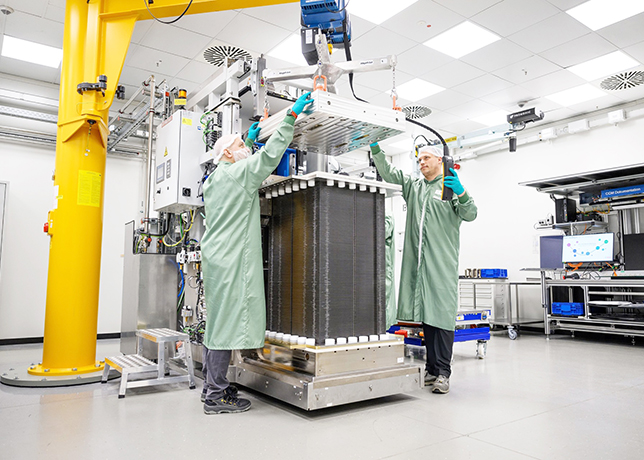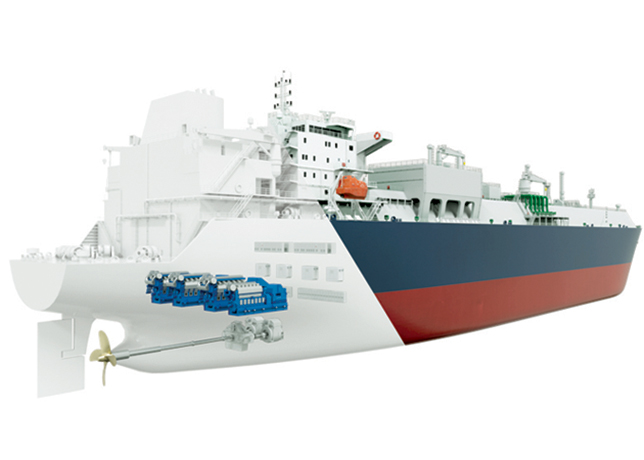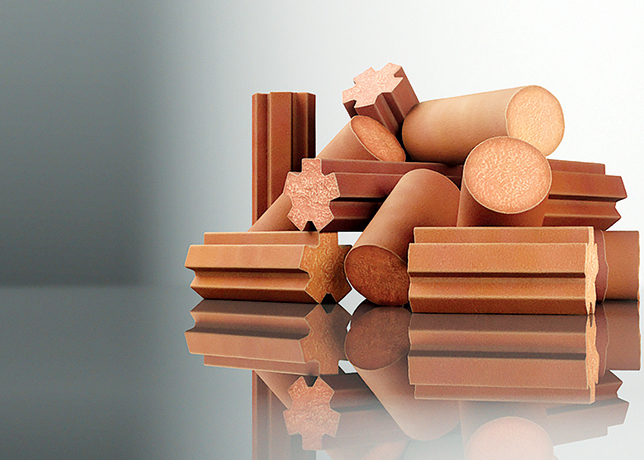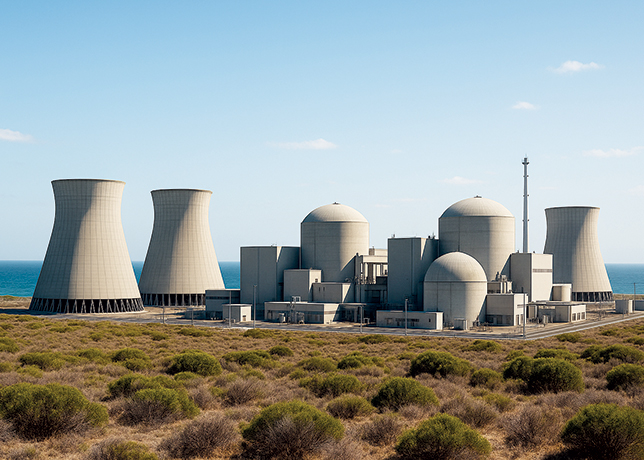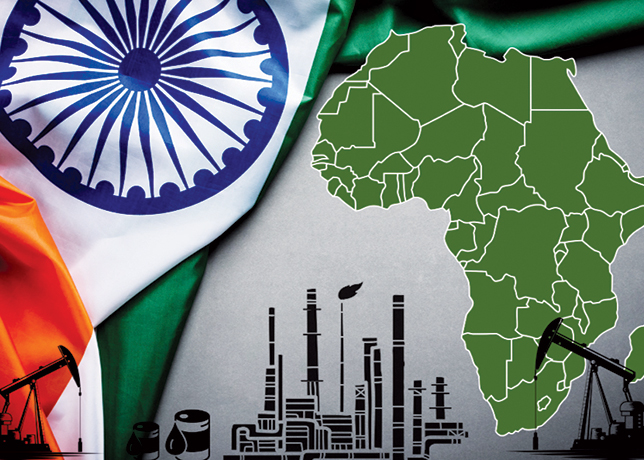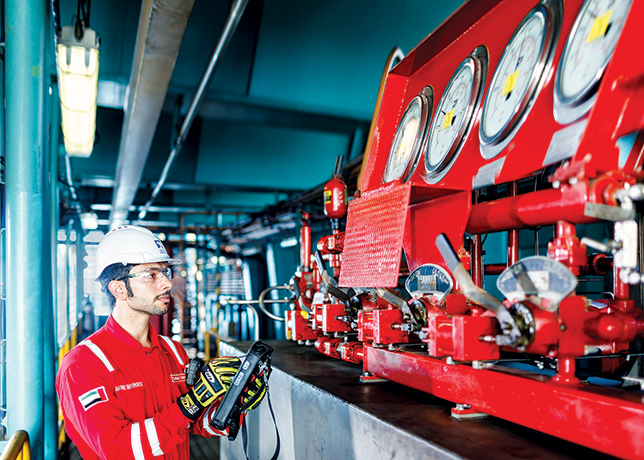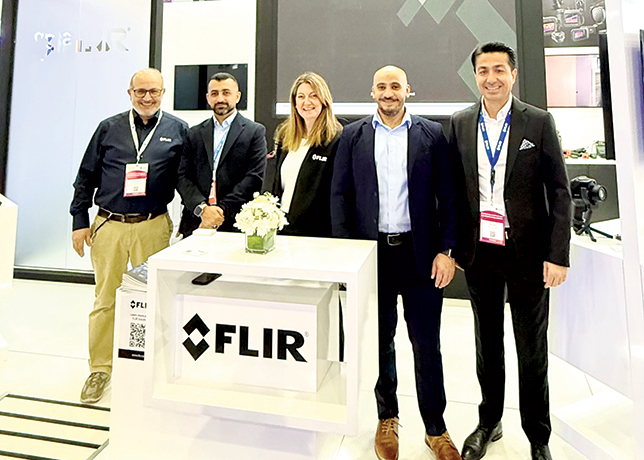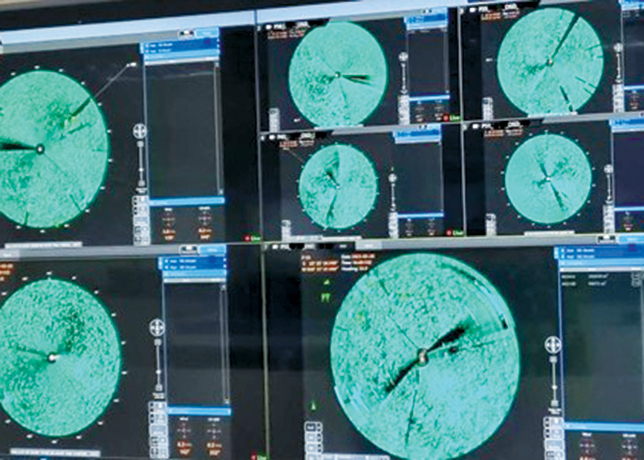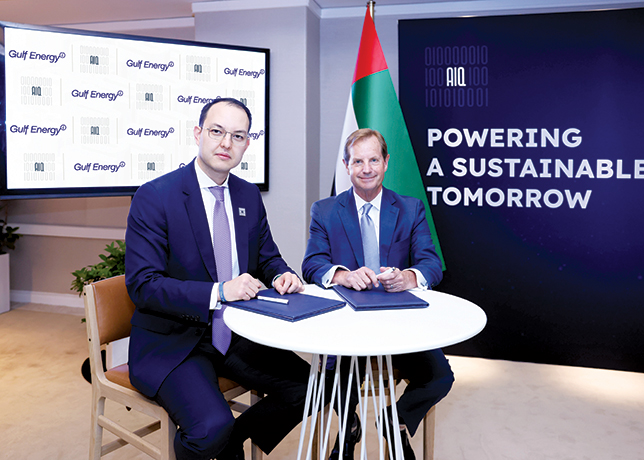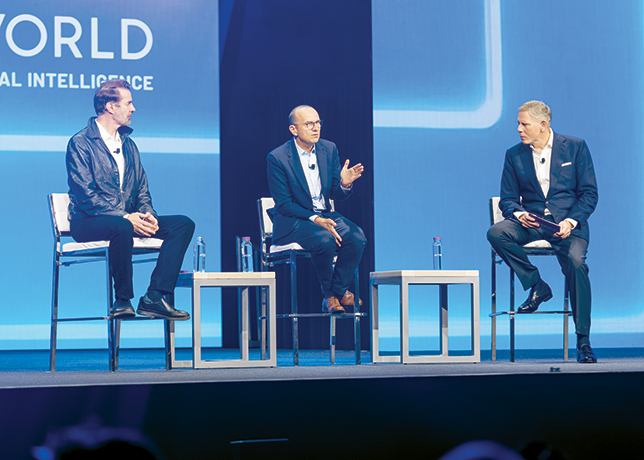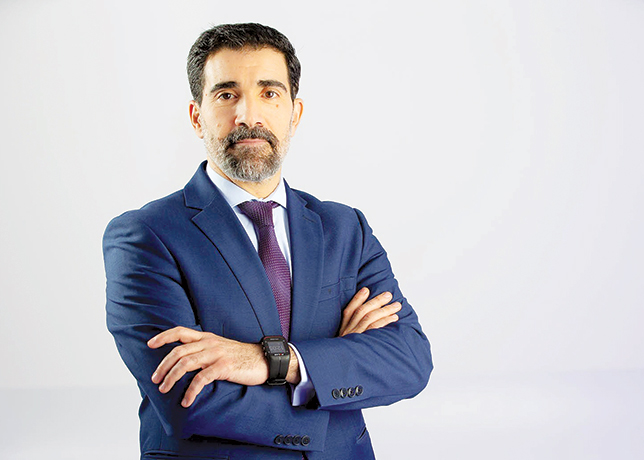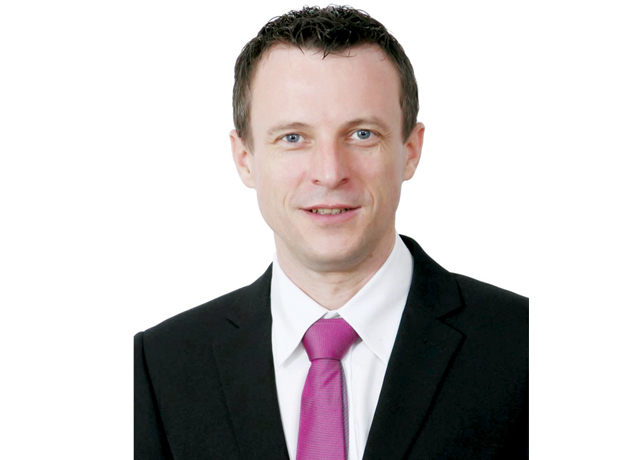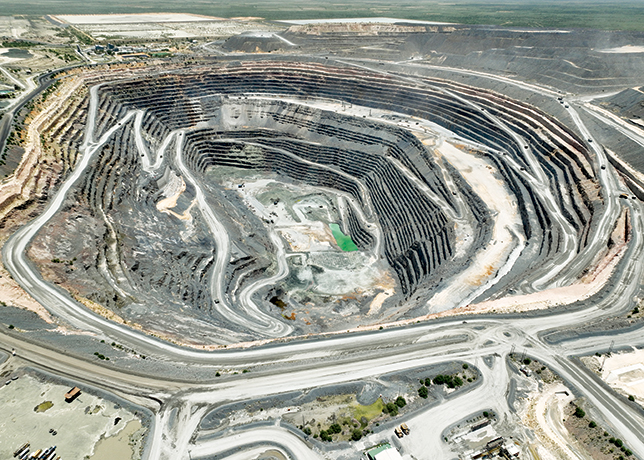
 The firm aims to streamline manufacturing processes.
The firm aims to streamline manufacturing processes.
Prince Salman Ibn Abdul Aziz recently visited the factory of the Arabian Pipes Company (APC), a Saudi joint stock company that specialises in the manufacturing and wrapping of high quality, world-class, longitudinally welded pipes.
These pipes are used in the oil and gas industry and for land and submarine pipeline networks.
APC's general manager, Saud bin Mohammed Al-Fayez, thanked Prince Salman Ibn Abdul Aziz, for his visit. The Prince's regular support and business-friendly directives are well received by industrialists in Riyadh and in other provinces of the Kingdom.
"We are honoured by His Royal Highness's visit to the industrial area, a clear indication of the importance of industry in the national economy, an emphasis of the private sector's role in meeting the consumer requirements, and an obvious expression of the confidence conferred upon us by the state and by those responsible for this sector," said Al-Fayez.
Riyadh-based Arabian Pipes has completed the latest stage of its evolution with a $6 million investment in new equipment to replace and enhance current facilities.
Its aim is to streamline manufacturing processes while improving product quality.
The firm has developed a number of coating procedures. In the surface preparation zone, the bare or rusty pipe is fed onto the incoming pipe racks where they will roll or be manually rolled down to a set of pipe stopper/kickers.
These stopper/kickers feed one pipe at a time onto a set of pneumatically operated lowering arms.
These arms deliver the pipe onto the incoming section of the blast conveyor.
The conveyor, as with all sections of pipe conveyor is constructed of individual units, each unit containing two wheel assemblies will include wheel rim, tyre, axle shaft and a set of support bearings.
These bearings are mounted on a channel iron with a bottom swivel plate base.
The wheel assemblies along one side of the conveyor are attached by an angle bar for ease of setting and alteration.
The adjustable wheel assemblies have a central location pin around which they rotate.
This location pin is joined to a steel plate frame which can also be adjusted to different set positions for various pipe diameters.
Pre-heating section
The LPG type pre-heater will include two burners of 400 KW capacity and thermal chamber with exhaust stack.
There is a short section of conveyor between the pre-heater and the external blaster, containing five individual units.
Blasting and cleaning section
Two external blast machines are in place; each includes two 5" blast wheels, a shot and grit recycling system, dust and debris extraction and an air wash system.
A divided shot holding hopper, with two funnels and gates delivers a shot to either wheel. Each wheel located underneath the blaster is direct driven by a 75 KW motor.
The ducting from the air wash and dust extraction system is connected to a cartridge filter dust collector.
This is of the pulse self-cleaning type and is of 9,000 m3 / hr capacity.
The blast cabinet itself through which the pipe passes has twin steel and rubber doors at either end.
These are interchangeable for the various diameters of pipe.
The outgoing blast conveyor consists of nine units, five of which are used for pipe breakaway.
At the end of this conveyor there are two lift out arms positioned between the conveyor units. These arms will lift the pipe out from the blast conveyor onto the intermediate pipe racks.
Located near the blast conveyor is an operator cabin for the blasting operations and will contain all the electrical panels and the operating console. The speed of the conveyor, the temperature of the pipe and the blaster settings are controlled from here.
Blast inspection grinding and blow-out area
There is one station on this platform; it incorporates an internal blow out to remove all loose dust and any remaining shot or grit that may have entered the pipe during the blasting operations.
While the pipes are at this station they can be inspected, and after the blowing out operation has finished, any grinding or further inspection can be carried out.
Coating application zone
Attached to the end of the intermediate or blasted pipe racks are a set of pipe stopper/kickers that feed one pipe at a time onto a set of pneumatically operated lowering arms that deliver the pipe onto the incoming section of the coating line conveyor.
Prior to the induction heating system there is an acid wash system to remove any contaminants from the surface of the pipe before being heated.
Acid wash system
This system provides a constant flow of pre-diluted phosphoric acid solution of 0.7 L/sqm pipe surface, with flow control adjustment.
The pipe then goes through a holding tank, chemical pumping system that will provide a neutralising solution to the pipe.
Induction heating 3 layer coating application area
The induction heating system is completed with its own electrical panel, cooling system, heat exchanger, water cooled power cables of 1,000 KW capacity and two sets of two coils to accommodate pipe diameters between 6" to 48".
The pipe on the coating line will require its temperature to reach 200c to 230c for the application of the fusion bond epoxy powder.
Fusion bond epoxy application section
The fusion bond epoxy application includes an eight electrostatic gun set-up in the application booth.
Quenching area
The water quenching system lies directly after the application area.
Along the outgoing coating line conveyor for seven units the conveyor is enclosed within a water tight chamber where cold water is poured onto the surface of the pipe to cool it and the coating to a transportable state.
At the end of the coating line conveyor there are two lift out arms which will place the pipe onto the outgoing racks. Both the arms and the racks are padded to prevent any damage to the coating.
Cooling section
Water will be sprayed or poured over the surface of the outgoing coated pipe.
Coat finishing and inspections area
As the pipe is rolled down the coated pipe racks it will pass through an inspection area.
End cleaning section
This will involve an automatic wire brushing cycle, which can be set to clean different lengths of cutback.



